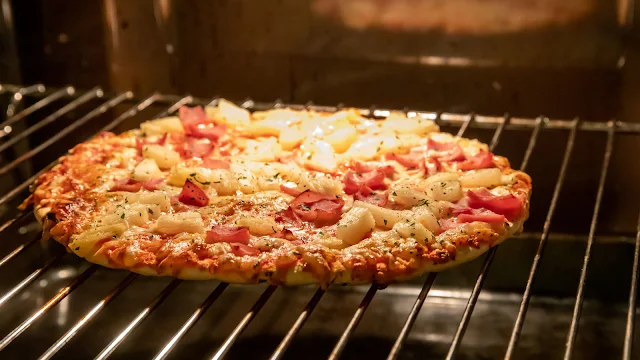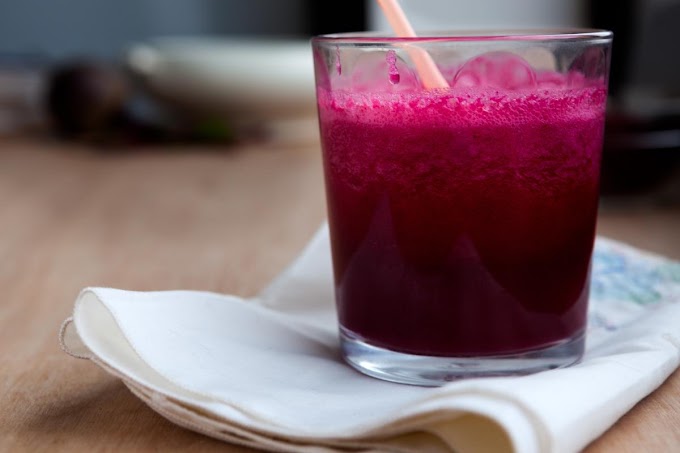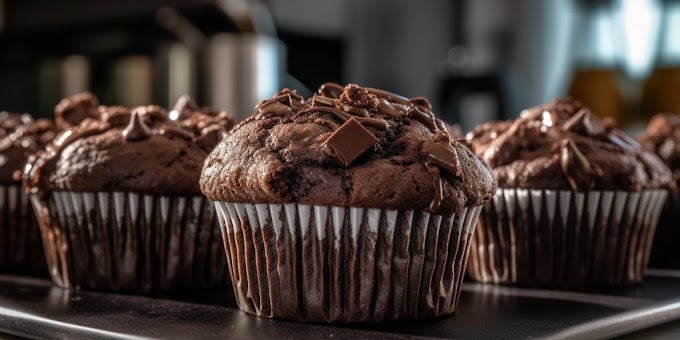Why Use a Pizza Stone?
Before we get into the details, it's important to understand the advantages of using a pizza stone. Pizza stones are made from ceramic, cordierite, or other materials that retain heat exceptionally well. When you place your pizza on a hot pizza stone, it mimics the way pizzas are traditionally cooked in brick ovens, with intense heat from below that crisps the bottom of the pizza while maintaining a soft, chewy interior.
By cooking a frozen pizza on a pizza stone, you can avoid the soggy middle and uneven cooking that sometimes results from baking a pizza on a regular oven rack or a metal tray. The stone acts as a heat reservoir, ensuring the pizza cooks more evenly from the bottom up, which is key for achieving the perfect crust.
Preparing the Pizza Stone
Preheat the Oven with the Pizza Stone Inside The first step in cooking frozen pizza on a pizza stone is preheating the oven. It’s crucial that the pizza stone is preheated along with the oven; otherwise, you won’t get the crispy crust you’re after. Set your oven to a temperature between 450°F and 500°F (230°C to 260°C), depending on the type of pizza you’re cooking and the specific instructions on the package. Some pizza stones may even tolerate higher temperatures, but for a frozen pizza, 450°F to 500°F is usually the sweet spot.
Let the oven preheat for at least 30 minutes. This allows the pizza stone to reach the right temperature and be fully primed for cooking. Skipping this step could lead to a soggy pizza base, so make sure the stone has ample time to absorb the heat.
Place the Pizza Stone on the Middle Rack Position the pizza stone on the middle rack of the oven before turning it on. Placing the stone on the middle rack ensures an even flow of heat around the pizza, which helps in cooking it thoroughly and consistently. The middle rack also keeps the pizza at a safe distance from the heating elements to prevent burning.
Avoid Direct Contact with Water Pizza stones are porous, meaning they can absorb moisture. Avoid rinsing the stone with water before use, especially if it hasn't been fully dried. Moisture trapped inside the stone can cause it to crack when exposed to high heat. If your stone is dirty, a simple scrape with a dry brush or cloth will suffice.
Preparing the Frozen Pizza
Once the oven and pizza stone are preheating, it's time to get the frozen pizza ready. One important thing to remember is that frozen pizzas are designed to be cooked directly from frozen. You do not need to thaw the pizza beforehand, as this can result in a soggy crust.
If you want to add any extra toppings to your frozen pizza, now is the time. Whether it’s additional cheese, vegetables, or spices, you can customize the pizza to your liking before placing it in the oven.
Transferring the Pizza to the Pizza Stone
Use a Pizza Peel or Parchment Paper Transferring a frozen pizza directly onto the preheated stone can be tricky without the proper tools. A pizza peel, which is a flat, shovel-like tool, is ideal for sliding the pizza onto the hot stone without losing any toppings. If you don’t have a pizza peel, you can also use parchment paper to transfer the pizza.
To use parchment paper, place the frozen pizza on a piece of parchment, leaving some extra paper on the sides. When the oven and stone are ready, slide the pizza, along with the parchment paper, onto the stone. After about 5 minutes of baking, carefully remove the parchment paper to allow the pizza to cook directly on the stone.
Slide the Pizza onto the Stone If you’re using a pizza peel, lightly dust it with cornmeal or flour before placing the frozen pizza on it. This will help the pizza slide off easily when you transfer it to the stone. Align the pizza peel with the pizza stone and give it a gentle shake to release the pizza onto the stone. Be careful to do this quickly to avoid losing too much heat from the oven.
Cooking the Pizza
Follow the Package Instructions Every frozen pizza has specific cooking instructions on the box or packaging, and it’s important to follow these for the best results. However, keep in mind that cooking on a pizza stone might require some minor adjustments in temperature or time.
Generally, frozen pizzas will take between 10 to 15 minutes to cook on a pizza stone. Keep a close eye on the pizza after the 10-minute mark to ensure it doesn’t overcook. If you prefer a crispier crust, you can leave it in for a minute or two longer, but be cautious as the pizza can go from perfectly cooked to burned quite quickly.
Rotate the Pizza for Even Cooking Midway through the cooking process, it can be helpful to rotate the pizza. Depending on your oven, heat may not be distributed perfectly evenly, and rotating the pizza ensures that all sides of the crust brown equally. Use a pizza peel or tongs to turn the pizza 180 degrees.
Finishing Touches
Once the pizza is cooked to your liking—golden brown crust, bubbly cheese, and a delicious aroma wafting from the oven—it's time to take it out. Using a pizza peel or spatula, carefully slide the pizza off the stone and onto a cutting board or a heat-resistant surface. Let it cool for a minute or two to allow the cheese and toppings to set before slicing.
Cleaning the Pizza Stone
After cooking, let the pizza stone cool completely before attempting to clean it. Never submerge a hot pizza stone in water, as the temperature shock can cause it to crack. Once it’s cool, use a dry brush or scraper to remove any baked-on bits of pizza. Avoid using soap, as the porous nature of the stone can absorb it and affect the taste of future pizzas.
Conclusion
Cooking a frozen pizza on a pizza stone is a simple way to enhance your pizza-eating experience at home. The key steps—preheating the stone, transferring the pizza properly, and baking it to perfection—are all essential for achieving that crispy crust and evenly cooked toppings. Once you’ve mastered this method, you may find yourself reaching for the pizza stone every time you cook frozen pizza.
With just a few extra minutes of preparation, using a pizza stone can turn an ordinary frozen pizza into a delightful, crispy masterpiece. Give it a try, and you’ll see how a simple tool can make a big difference in the quality of your home-cooked pizza!








Social Plugin